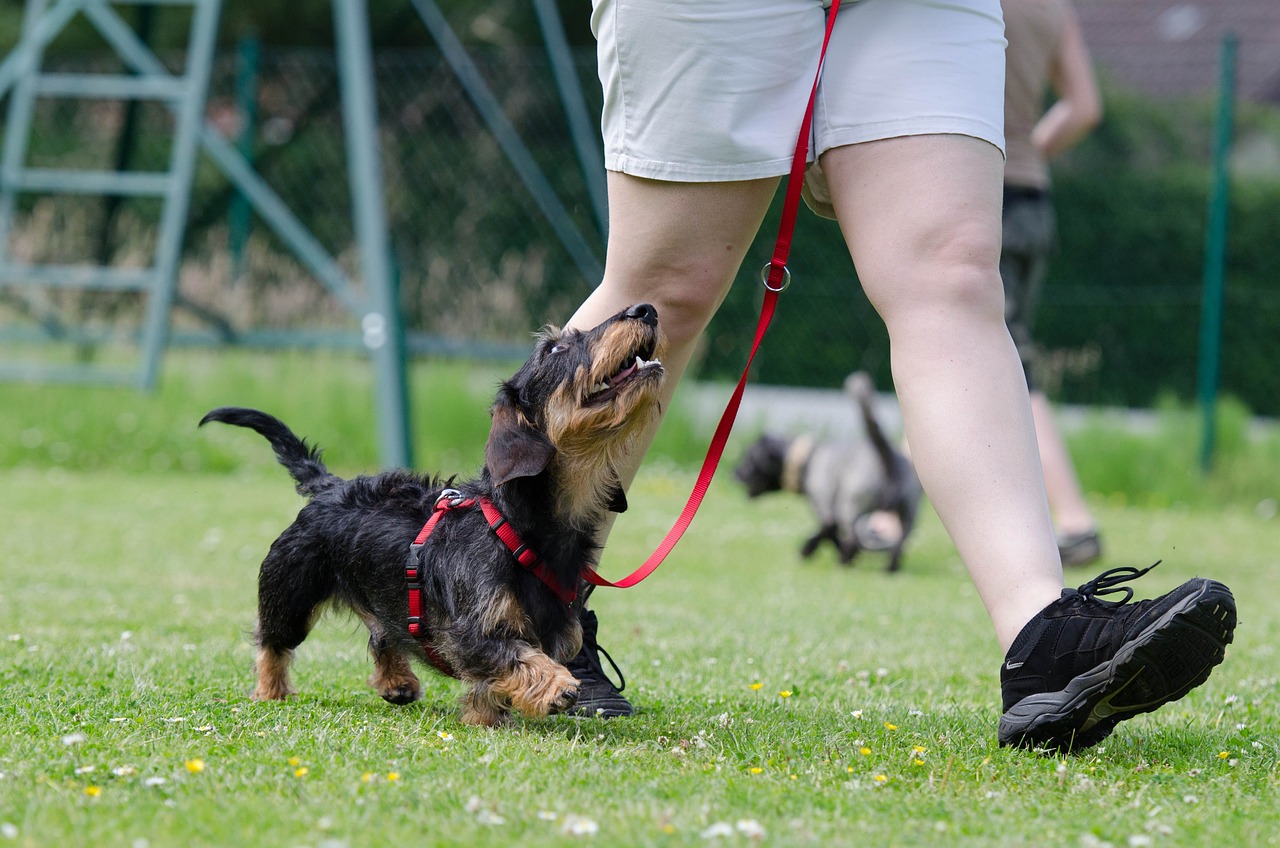
Bringing a dog into your life can be one of the most rewarding experiences, but it also comes with responsibilities, including training. Proper training ensures your dog is well-behaved and strengthens the bond between you and your furry friend. Whether you’re a first-time dog owner or looking to improve your training techniques, here are 10 tips to help you train your dog effectively.
- Start Early
Early training is essential for puppies. Begin as soon as you bring your puppy home, typically around 8 to 12 weeks of age. Puppies are like sponges, eager to learn and adapt to their environment.
- Positive Reinforcement
Use positive reinforcement techniques like treats, praise, and affection to reward your dog for desired behaviours. This creates a positive association and motivates your dog to repeat those behaviours.
- Consistency is Key
Consistency in commands, rewards, and routines is crucial. Use the same words and gestures for each command and ensure that all family members are on the same page to avoid confusion.
- Short and Frequent Sessions
Keep training sessions short and engaging, usually around 10-15 minutes, several times a day. Dogs have short attention spans, so frequent, brief sessions are more effective than long, tiring ones.
- Use Clicker Training
Clicker training is a powerful method that pairs a clicking sound with a reward. The click serves as a clear marker for the desired behaviour, making it easier for your dog to understand what you want, which can be especially effective in conjunction with other learning techniques like effective dog crate training.
- Socialisation
Expose your dog to various people, animals, and environments from an early age. Proper socialisation helps prevent fear and aggression issues later on and ensures a well-adjusted dog.
- Patience and Understanding
Be patient with your dog’s progress and understand that each dog learns at its own pace. Avoid punishment-based training methods, as they can harm the trust between you and your dog.
- Lead Training
Teach your dog to walk on a lead without pulling. Use treats and positive reinforcement to reward loose-lead walking. A well-behaved dog on a lead is safer and more enjoyable to walk with.
- Obedience Classes
Consider enrolling your dog in obedience classes or hiring a professional trainer; especially if you encounter behaviour issues you’re unsure how to address. Training classes can provide valuable guidance and socialisation opportunities.
- Practice, Practice, Practice
Training is an ongoing process. Continue to reinforce learned behaviours through regular practice, even after your dog has mastered them. Consistent training helps maintain good behaviour.
Remember that every dog is unique, and training methods may need to be tailored to your dog’s personality and breed. Be adaptable and open to trying different approaches if necessary.
The key is to make training a positive, enjoyable experience for you and your furry companion. With patience, consistency, and love, you can build a well-trained and well-behaved dog that brings joy to your life for years to come. Old dogs do learn new tricks, so don’t be afraid to work with your older four-legged friend to teach new behaviours.
See more of my pet-related, lifestyle posts here
